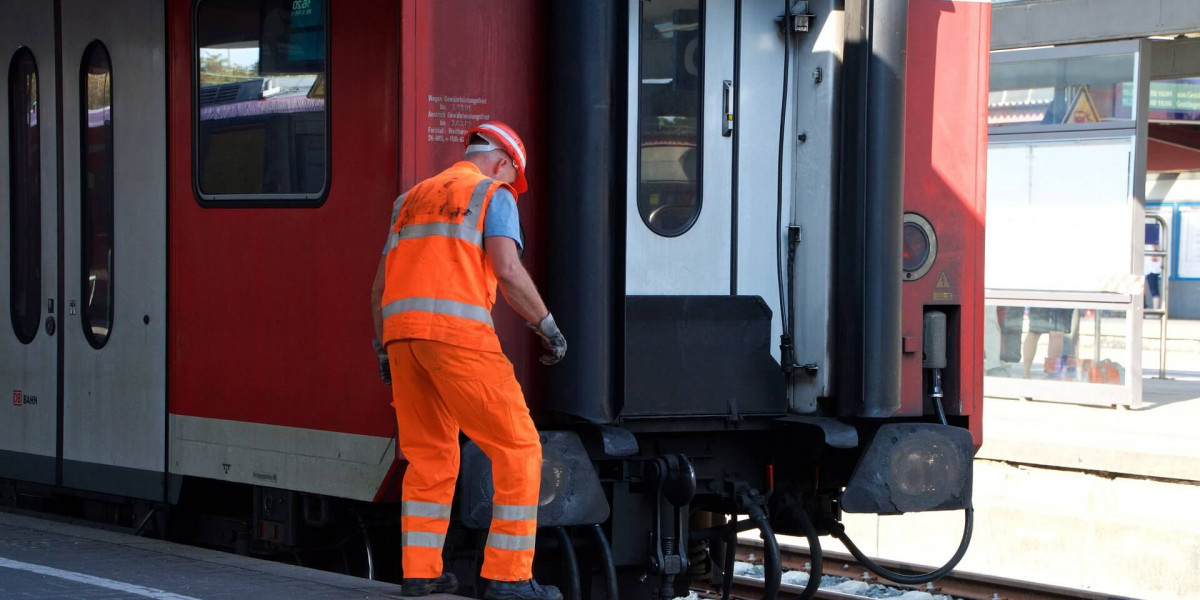Cement packaging plays a crucial role in the construction industry by ensuring the safe transportation, storage, and handling of cement. However, the cement packaging market faces numerous challenges, including sustainability concerns, fluctuating raw material costs, supply chain disruptions, and technological limitations. As demand for efficient and eco-friendly packaging increases, manufacturers must adapt to evolving industry standards and regulations.
1. Sustainability and Environmental Concerns
One of the biggest challenges in the cement packaging market is sustainability. Cement packaging materials, such as paper sacks and plastic bags, contribute to environmental pollution when not disposed of properly. Governments and environmental organizations are pushing for more sustainable alternatives, requiring manufacturers to develop biodegradable or recyclable packaging solutions.
To address this challenge, companies are investing in eco-friendly materials such as kraft paper, woven polypropylene, and hybrid packaging solutions that offer durability while being biodegradable. Additionally, some businesses are exploring reuse and recycling programs to reduce waste and minimize environmental impact.
2. Rising Raw Material Costs and Supply Chain Disruptions
The cost of raw materials such as paper, plastics, adhesives, and chemical coatings has significantly increased due to economic fluctuations and supply chain bottlenecks. The global pandemic, geopolitical conflicts, and transportation disruptions have worsened this problem, leading to inconsistent supply and increased packaging costs.
To combat these issues, manufacturers need to focus on alternative materials, local sourcing, and innovative supply chain strategies. Partnering with regional suppliers and adopting cost-effective packaging designs can help businesses mitigate rising expenses while maintaining packaging quality.
3. Packaging Strength and Durability Issues
Cement is a heavy and moisture-sensitive material, requiring packaging that ensures strength, durability, and resistance to breakage. Traditional packaging solutions, such as paper sacks, are prone to tearing and do not always provide adequate moisture protection.
Innovations in multi-layer packaging, laminated bags, and reinforced woven polypropylene sacks have emerged as potential solutions to improve strength and durability. Additionally, advances in nanotechnology and barrier coatings are being explored to enhance packaging resilience against harsh weather conditions and transportation stress.
4. Regulatory Compliance and Standardization
Different regions have varying packaging regulations and environmental policies, making it challenging for global cement manufacturers to standardize their packaging solutions. Countries are increasingly enforcing stringent guidelines regarding packaging waste, recyclability, and plastic usage, compelling companies to continuously adapt to new rules.
To navigate this challenge, companies should stay updated on regulatory changes, invest in research and development, and implement flexible packaging strategies that comply with different international standards. Collaborating with regulatory bodies and industry associations can also help businesses stay ahead of upcoming requirements.
5. Technological Limitations and Innovations
While automation and smart packaging technologies have revolutionized many industries, the cement packaging sector still faces technological gaps in optimizing packaging efficiency. Automation in packaging lines, smart sensors for quality control, and digital tracking systems can enhance efficiency, but their adoption is slow due to high costs and a lack of skilled personnel.
Companies investing in advanced automation, AI-based packaging solutions, and real-time monitoring systems can improve operational efficiency and reduce wastage. Additionally, developing customized digital solutions for packaging performance tracking can help companies optimize packaging design and material usage.
Conclusion
The cement packaging market is at a crossroads, facing numerous challenges that demand immediate attention. Sustainability concerns, fluctuating raw material costs, packaging durability, regulatory complexities, and technological limitations are key obstacles that manufacturers must overcome to stay competitive. By embracing innovative materials, efficient logistics, automation, and regulatory compliance, businesses can navigate these challenges and create a more sustainable and cost-effective cement packaging industry.








